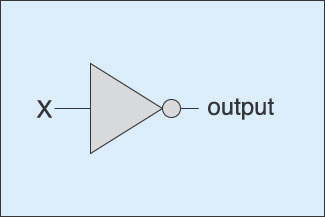
IS THERE or HAS THERE been life OUT THERE?
Your report needs to include 2 sections:
Searching from Earth – film based on this
What is SETI, where is it, what is it set up to do
What are we using to detect life outside or solar system?
How we are leaving Earth to search
The probes sent to photograph other planets, robots that are collecting samples from planets
Conclusion:
Do you think life exists out there?
Explain the evidence you have used to come to this conclusion
here are the links
www.seti.org
go to the statement of purpose & history links
http://www.space.com/scienceastronomy/mars_life_050216.html
http://news.bbc.co.uk/1/hi/sci/tech/3618400.stm








 when you have revised this section, try
when you have revised this section, try 
